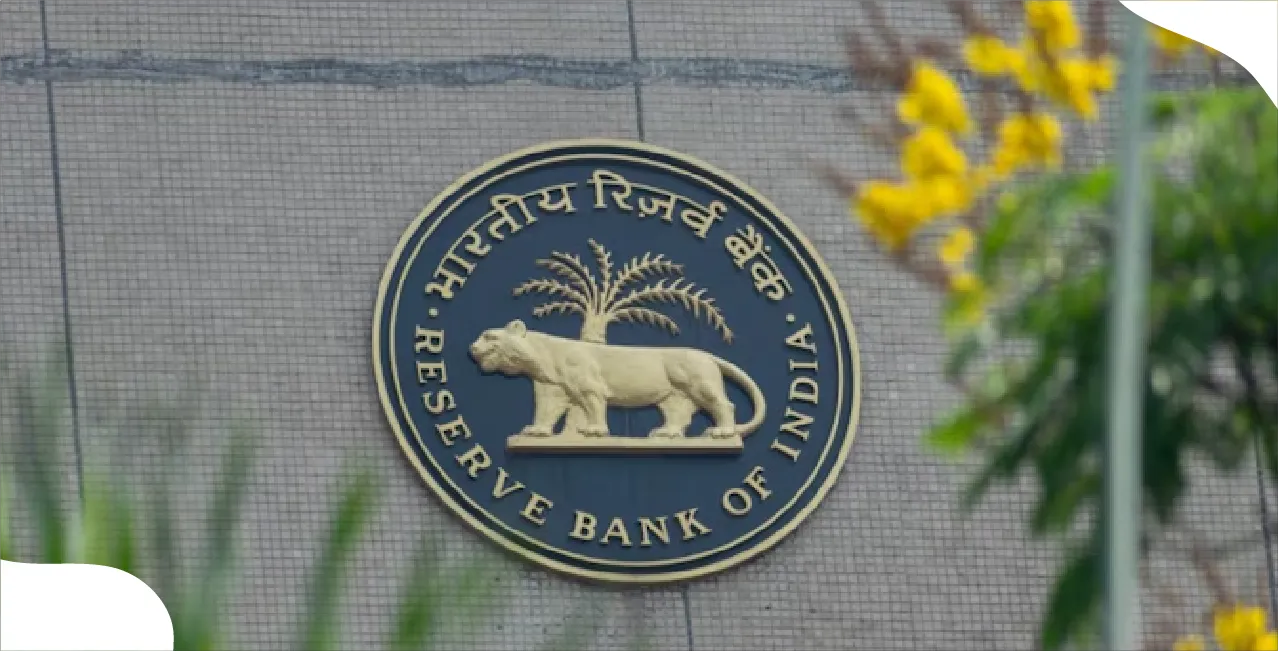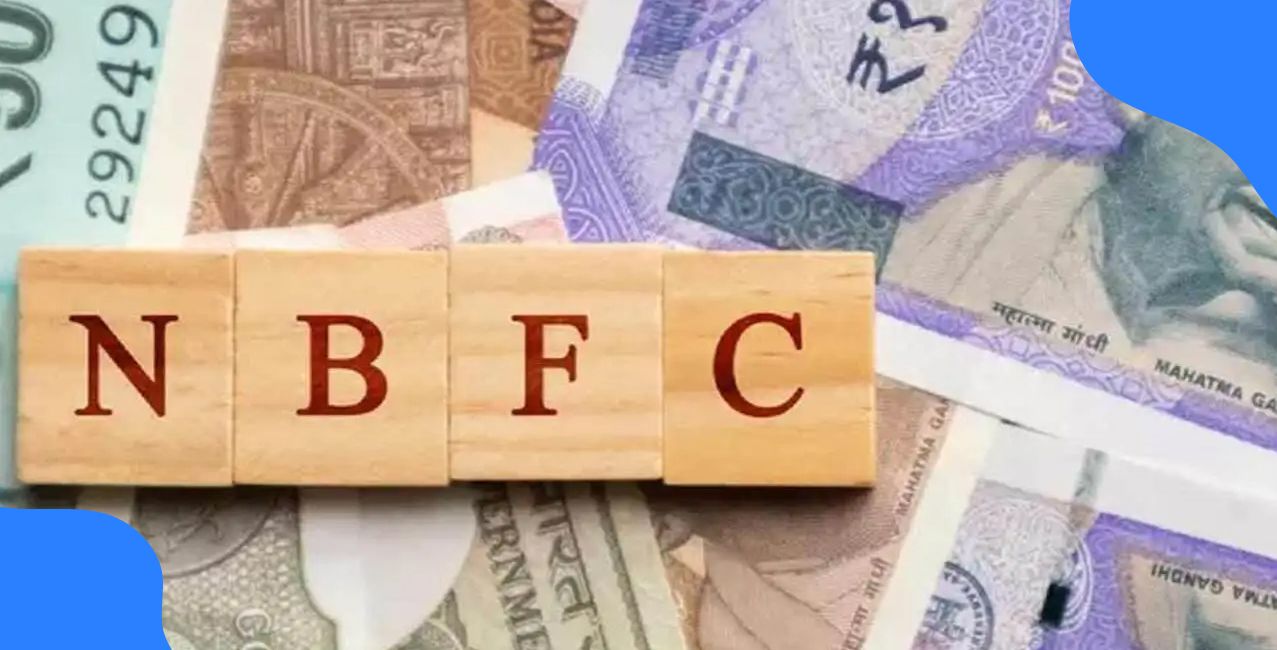
Author
LoansJagat Team
Read Time
4 Min
31 Jul 2025
RBI Likely to Review Liquidity Management Framework in August 2025: Key Things to Know
India’s monetary policy landscape may be poised for a critical shift, as the Reserve Bank of India (RBI) is expected to revisit its Liquidity Management Framework (LMF) in the coming days, ahead of the upcoming Monetary Policy Committee (MPC) meeting.
With inflation concerns stabilising and economic growth rebounding, a review of the LMF could signal the central bank’s recalibrated approach to short-term market liquidity and systemic resilience.
According to reports from Republic World, NDTV Profit, and Zee Business, the central bank is examining structural refinements to enhance predictability and smoothen the liquidity transmission mechanism in the financial system.
The forthcoming policy announcement could mark a major moment for banks, NBFCs, and money market participants.
Some Possible Changes in the Liquidity Management Framework in August 2025
The RBI is likely to update some key operational elements of the existing liquidity framework to better align with changing macroeconomic conditions and the evolving nature of liquidity distribution in the banking system. Analysts anticipate that the RBI may:
- Increase the frequency of Variable Rate Reverse Repo (VRRR) and Variable Rate Repo (VRR) auctions.
- Fine-tune the corridor around the repo rate to make short-term rates more reflective of liquidity conditions.
- Possibly introduce new short-term liquidity windows to help banks address intra-day and overnight liquidity mismatches.
Before diving into the details, here’s an overview of how India’s liquidity has evolved over the past few years.
System Liquidity Trend and Policy Shift
As the liquidity surplus witnessed in FY22 continues to fade due to tightening measures, the RBI may now seek a more granular control over liquidity operations to ensure adequate funds flow without triggering inflation or asset bubbles.
Another area under consideration is enhancing transparency and predictability around short-term money market rates:
Expected Operational Changes in RBI’s LMF Tools
These expected changes aim to stabilise short-term rates, which have lately become more volatile due to tax outflows, government cash balances, and large bond issuances.
What is VRR and VRRR?
To understand Variable Rate Repo (VRR) and Variable Rate Reverse Repo (VRRR), think of it as a neighbourhood community pool system.
Real-life Analogy:
Imagine a housing society with shared water tanks. Sometimes there's too much water (like excess liquidity in the banking system), and the society’s management (RBI) wants to drain some water to avoid overflow. At other times, there's a shortage, and water needs to be added.
- VRRR (Variable Rate Reverse Repo) is like the management inviting residents (banks) to deposit their excess water (money) temporarily into the main tank in exchange for some rent (interest). The rate is variable and decided through an auction, depending on how many residents want to lend their extra water.
- VRR (Variable Rate Repo), on the other hand, is like the management lending water from the main tank to residents (banks) who are short on supply, again at a rent (interest rate) decided through bidding.
These mechanisms help ensure that the water pressure in the building (liquidity in the system) is always balanced, not too high to cause leaks (inflation), and not too low to cause shortages (credit crunch).
VRR vs VRRR: Simplified Explanation
This dynamic auction-based system gives RBI more precise control over short-term liquidity, rather than relying solely on fixed-rate operations.
Conclusion
The anticipated review of the RBI’s Liquidity Management Framework in August 2025 is more than a technical reshuffle, it is a strategic move aimed at enhancing the monetary policy transmission, improving market stability, and responding proactively to shifting economic dynamics.
With rising global uncertainties, higher government borrowing, and evolving credit demand, a more responsive and efficient liquidity framework is essential.
While the exact changes will unfold during the next MPC meeting, it is clear that the RBI’s approach is evolving toward greater flexibility, transparency, and market alignment. For market participants from banks to retail investors staying attuned to these developments could be crucial in navigating the months ahead.
Other News Pages | |||
Retail Mortgage Loans by NBFCs, HFCs to Hit ₹20 Trillion by FY28 | |||
About the Author

LoansJagat Team
‘Simplify Finance for Everyone.’ This is the common goal of our team, as we try to explain any topic with relatable examples. From personal to business finance, managing EMIs to becoming debt-free, we do extensive research on each and every parameter, so you don’t have to. Scroll up and have a look at what 15+ years of experience in the BFSI sector looks like.

Quick Apply Loan
Subscribe Now
Related Blog Post

LoansJagat Team • 11 Dec 2025

LoansJagat Team • 11 Dec 2025

LoansJagat Team • 12 Dec 2025